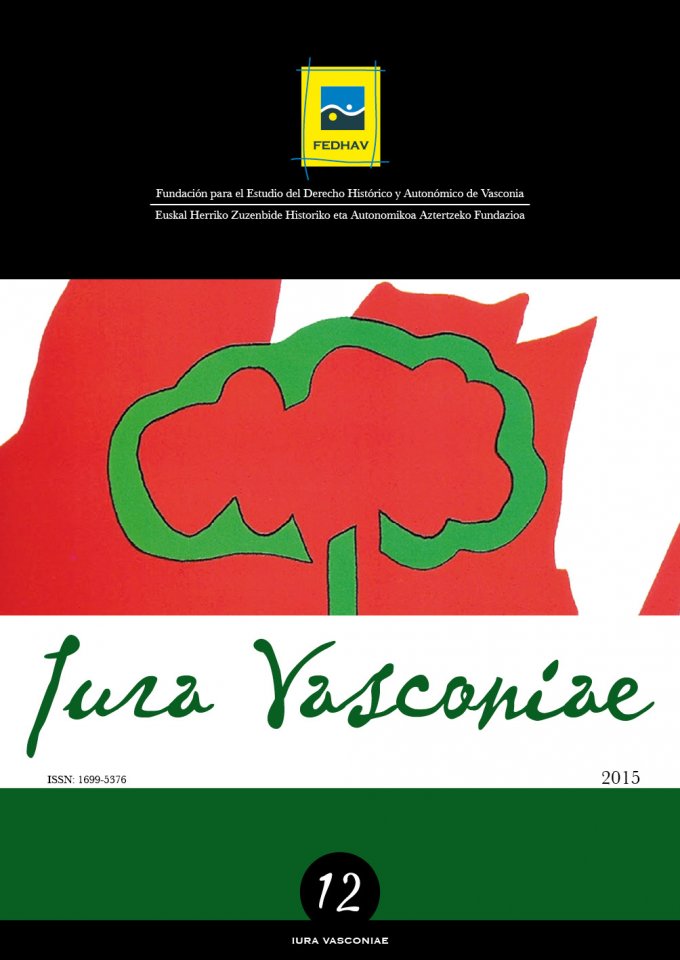El derecho a decidir. Su planteamiento en el Derecho Internacional
##plugins.themes.bootstrap3.article.main##
##plugins.themes.bootstrap3.article.sidebar##
Resumen
El derecho a decidir se analiza en esta contribución desde una doble perspectiva. Partiendo de un análisis de los instrumentos relevantes del derecho internacional público se constata que no se trata de un instituto jurídico desde la perspectiva iuspositivista. Analizando la fundamentación jurídica del instituto jurídico más próximo al derecho a decidir, es decir, el derecho de autodeterminación de los pueblos, podemos resaltar una proximidad o afinidad política entre ambos conceptos. Esto nos lleva al segundo enfoque, la fundamentación democrática tanto del derecho a decidir, en cuanto discurso propiamente político, como del derecho autodeterminación, más iuspositivo. Se propugna una nueva forma de entender el derecho que, siguiendo de cerca a Neil MacCormick, parte de la primacía de los usuarios de la norma, de su articulación en colectividades normativas que ejercen y reivindican subsidiaridad y capacidad de auto-organización y de decisión, es decir autonomía. Y lo hacen con el fin de crear redes de solidaridad donde se pueda compartir esa soberanía popular en un contexto de multiplicidad de demos. Habiendo llegado a este punto, el derecho a decidir cobra un nuevo sentido como expresión democrática y aspiración de compartir ámbitos de decisión y participación ciudadana o popular sin perder el control sobre aquellos aspectos que se comparten en esferas más alejadas del nivel local y ciudadano.
##plugins.themes.bootstrap3.article.details##
Derecho a decidir, Autodeterminación, Autonomía, Soberanía, Autogobierno, Neil MacCormick

